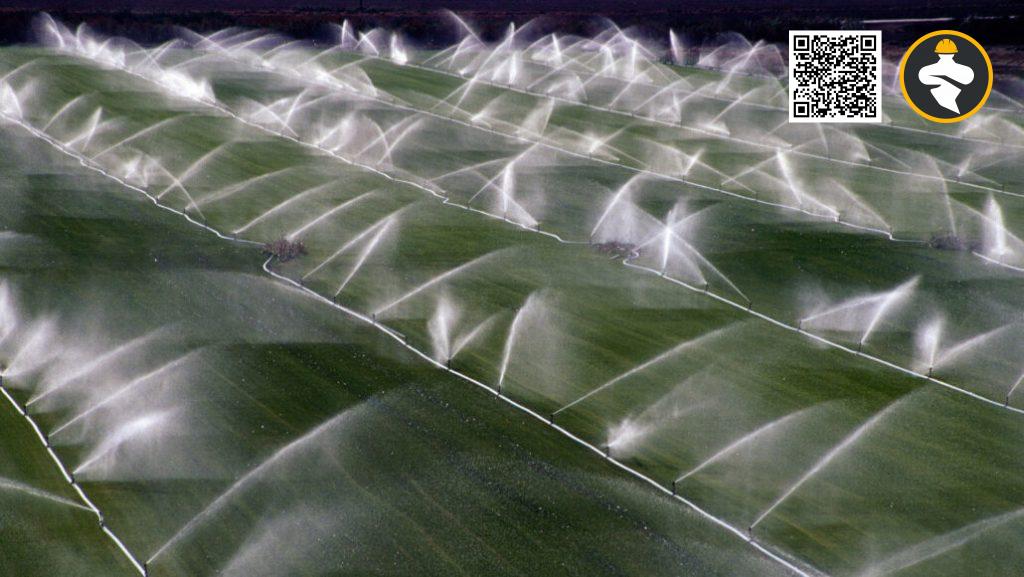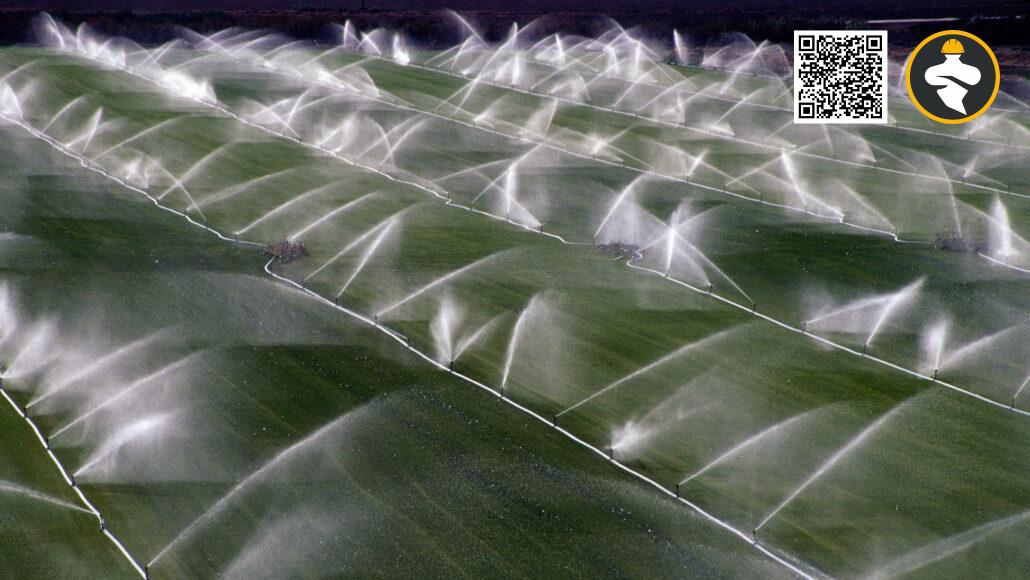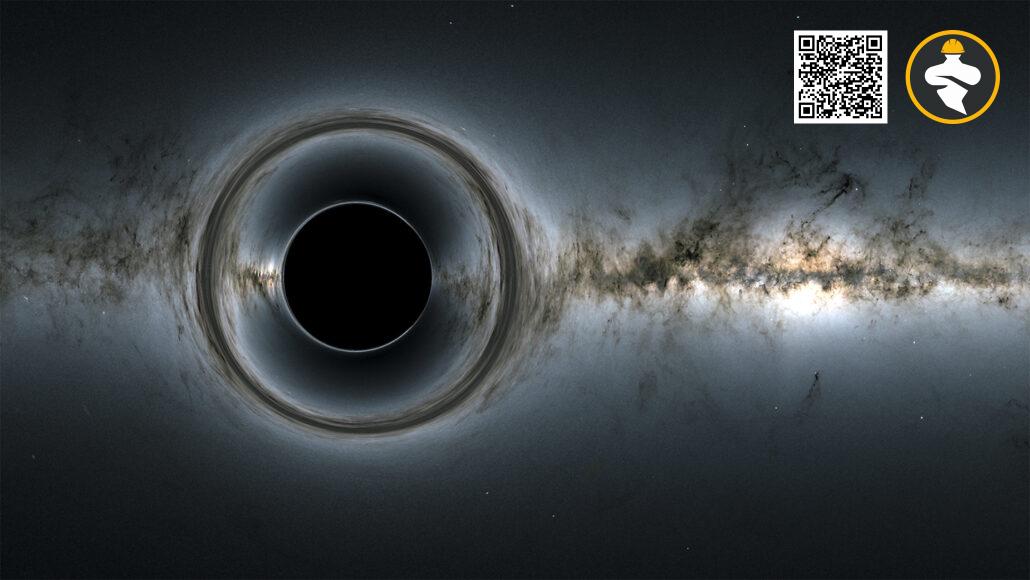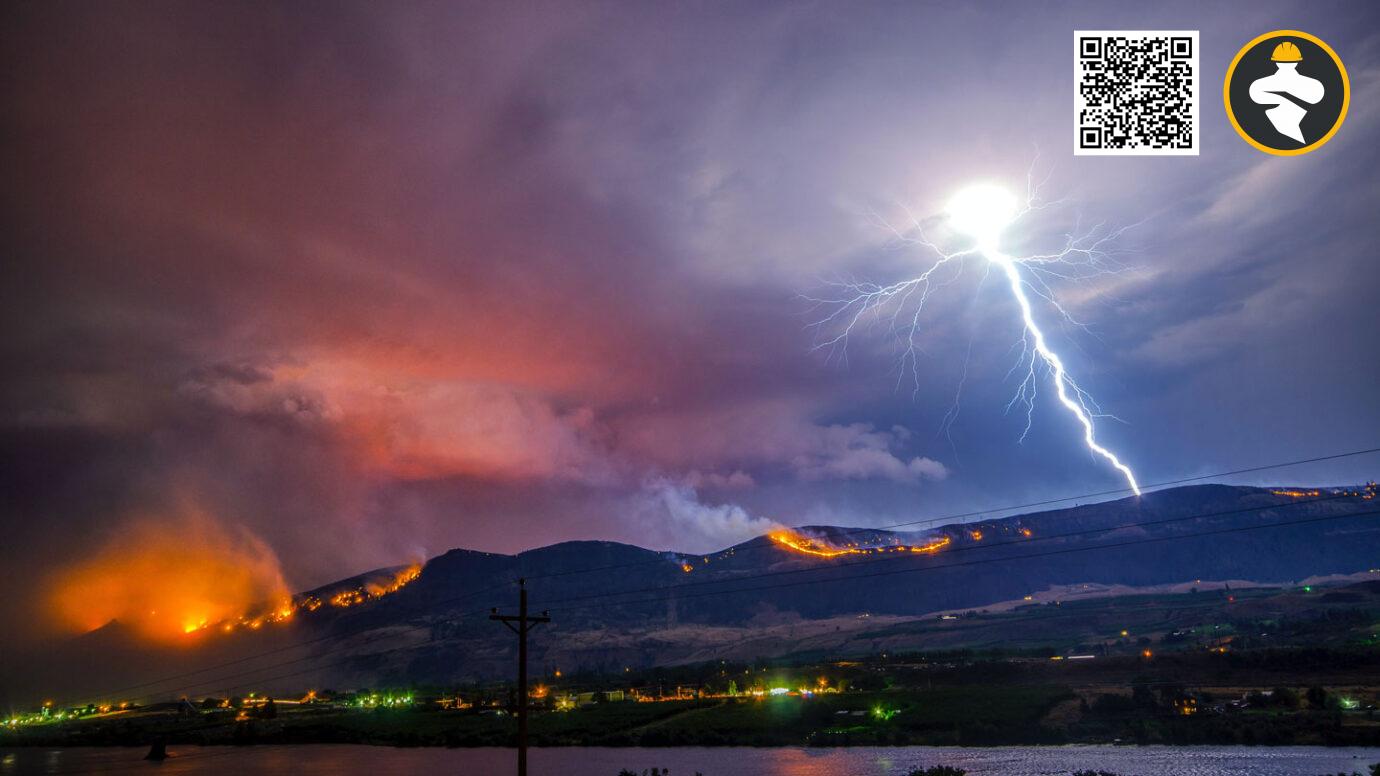Did you know that irrigation has shifted the North Pole by 78 centimetres from 1993 through 2010? According to researchers, irrigation alone is the second largest contributor to polar drift after the ongoing rebound of Earth’s surface following the retreat of glaciers since the last ice age. Computer simulations suggest that irrigation has caused the North Pole to drift just over four centimetres each year on average during that period. Although irrigation’s contribution may seem small, it is permanent and probably grows each year.

Researchers have long known that the North Pole wanders across the Arctic seascape in a circle a few meters in diameter. Seasonal weather patterns cause part of this cyclical drift, and long-term variations in the temperature and salinity of ocean water help drive a 14-month-long oscillation dubbed the Chandler wobble. However, those repeated vacillations aren’t the only things that move the pole around.
Clark Wilson, a geophysicist at the University of Texas at Austin, explains that there is also a subtler, noncyclic polar drift caused by the movement of land-based water to the sea from melting glaciers worldwide and from ice sheets in Greenland and Antarctica. Runoff from irrigation also plays a role and a surprisingly large one at that.
In the first study to try and tease out the contributions of these water movements, Wilson and colleagues used computer simulations to assess how the impoundment of water behind dams, glacial melt, irrigation, and several other factors might affect polar drift. Previous studies have suggested that irrigation shifted about 2 trillion metric tons of water from land-based aquifers to the oceans from 1993 through 2010, enough to raise global sea level by more than 6 millimetres.
Although seemingly minuscule, that redistribution of water was enough to shift the North Pole just over four centimetres each year on average during that period, the team found. When all sources of water movement are considered, including the runoff of meltwater from the Greenland and Antarctic ice sheets, the North Pole drifted about 1.6 meters towards the east coast of Greenland in that time.
The impact of irrigation was mostly to nudge the pole generally east of where it would have gone otherwise, the team found. Without irrigation, the pole would have drifted nearly the same amount, but towards the centre of Greenland instead. Unlike other drivers that vary over the course of a year, Wilson says, the polar drift due to irrigation is permanent and probably growing each year.
Apart from shifting the North Pole, large-scale irrigation can also affect local and regional climates. Studies have shown that irrigation cools temperatures and boosts humidity in California’s Central Valley, as well as increasing rainfall in the Four Corners area of the American Southwest and enhancing flow volumes in the Colorado River.
However, as irrigation continues to move water from land to sea, it could lead to a range of environmental consequences. The depletion of aquifers from which groundwater is extracted could have adverse impacts on agriculture. Also, irrigation could lead to sea-level rise and land subsidence. As more water is pumped from underground, it can cause the ground to sink, especially in heavily irrigated areas.
This study highlights the significant impact that human activities can have on the Earth’s rotation. It is essential to continue researching the ways in which human activities, such as large-scale irrigation, can influence our planet’s natural systems. By doing so, we can develop strategies to mitigate any negative impacts and ensure that we maintain a sustainable relationship with our planet.
Reference: Sid Perkins@sciencenews.org












